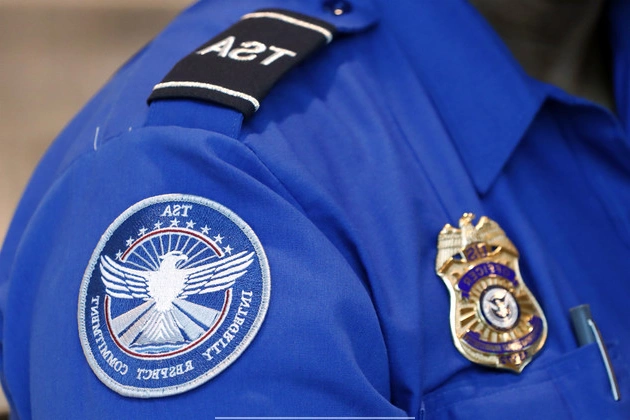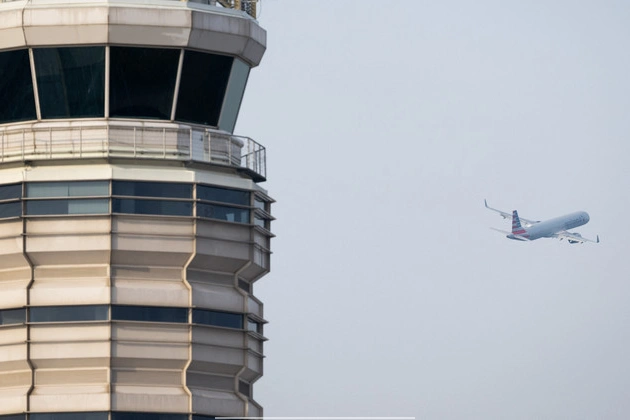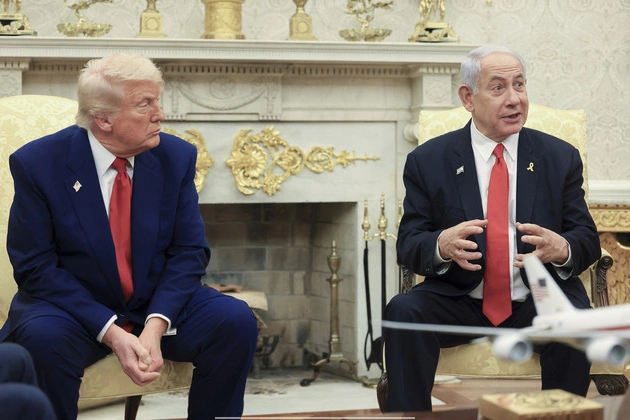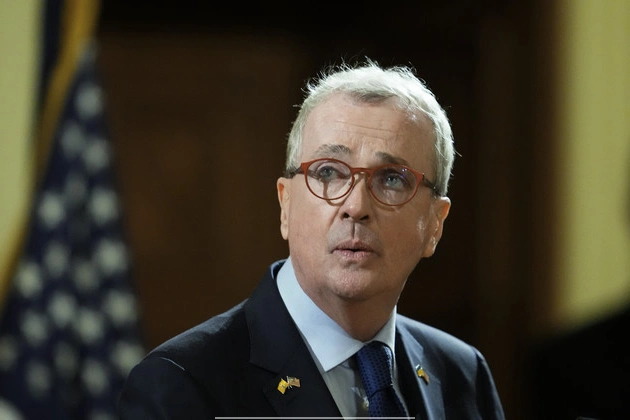
Deadly Collision between Jet and Helicopter Near Reagan National Airport
A tragic incident unfolded late Wednesday at Ronald Reagan Washington National Airport as a regional passenger jet collided with a U.S. Army helicopter, resulting in a frantic rescue effort in the Potomac River. This collision, one of the nation’s most serious aviation disasters in decades, has left authorities scrambling to assess the situation.
The American Airlines jet, inbound from Kansas with 60 passengers and four crew members, collided with a military helicopter on a training flight, plunging both aircraft into the icy waters of the Potomac. Despite the swift response of over 300 rescue personnel, no announcements about survivors have been made hours after the crash.
The proximity of this accident to the U.S. Capitol, coupled with the recent concerns over aviation safety, raises profound questions about the nation’s aviation practices. With the Federal Aviation Administration operating without a permanent administrator and the Senate confirming a new Transportation secretary, the aftermath of this tragedy is poised to draw significant attention from lawmakers.
The collision involving a Bombardier CRJ700 and a Sikorsky H-60 helicopter occurred during the jet’s approach to the runway, highlighting the critical moments leading up to the crash. As investigations unfold, the focus will be on understanding the circumstances that led to this catastrophic event.
President Donald Trump and other officials have expressed condolences and urged a thorough inquiry into the causes of the collision. Speculation and prayers have poured in from various quarters, emphasizing the gravity of the situation and the need for support for all those affected.
As the nation grapples with this tragedy, memories of past aviation disasters resurface, underscoring the enduring impact of such incidents. The chilling conditions during the rescue operation add to the challenges faced by emergency responders, highlighting the risks inherent in such operations.
Lawmakers and officials, including senators from Kansas and the House representative of Wichita, closely monitor the developments, emphasizing the need for swift and effective responses in the aftermath of this aviation disaster.
The investigation into this collision, led by the National Transportation Safety Board, aims to shed light on the sequence of events and the factors contributing to this tragic incident. As the aviation community reflects on this disaster, the imperative for enhanced safety measures and vigilance becomes even more pronounced.
Amidst the shock and grief following this collision, the aviation industry faces renewed scrutiny and calls for comprehensive safety protocols. The collaborative efforts of regulators, airlines, and aviation professionals are crucial in averting similar tragedies in the future.
While the aftermath of this incident unfolds, the resolve to uphold the highest standards of aviation safety remains paramount. The lessons learned from this collision must inform proactive measures to safeguard air travel and prevent such calamities from recurring.















